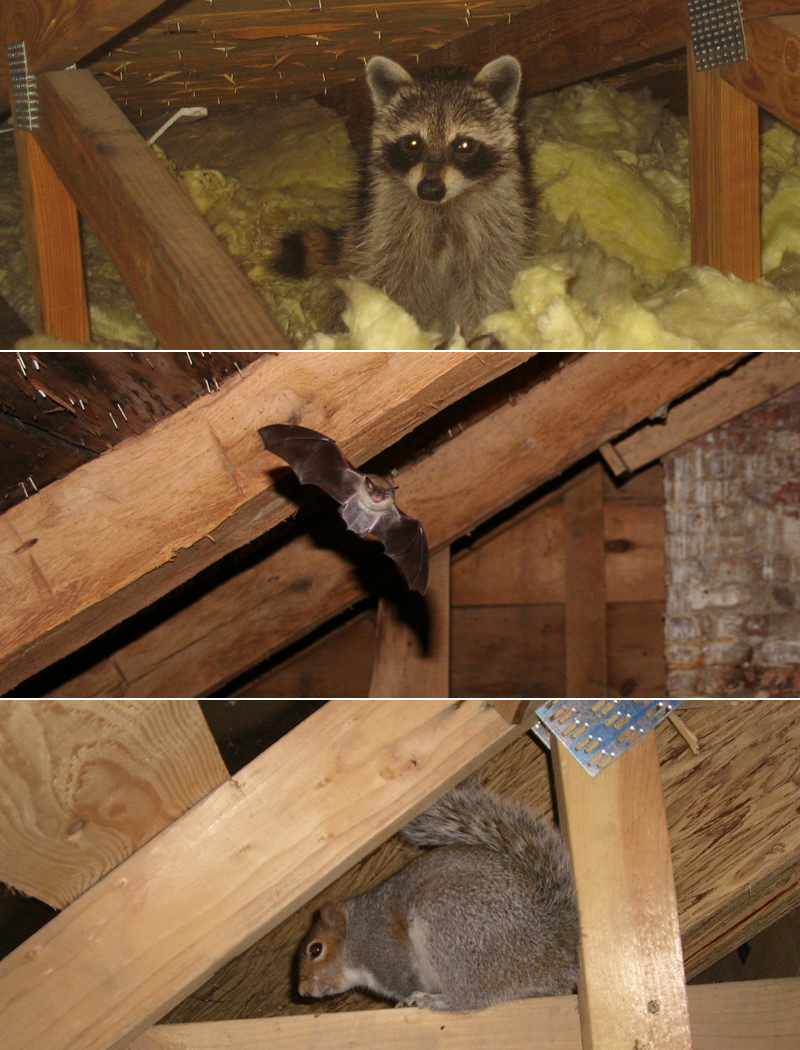More About The Most Common Attic Pests and How to Get Rid of Them

The Animals in the Attic - Nassau County, Long Island, NY PDFs

Information About How To Inform What Sort Of Animal is in My Attic Second clue is the. Analyze the exterior of your home, especially around the eves, vents and roof, and you'll find the entry holes. If it's a large hole with damage, like a torn open roofing or a damaged eave, that's a raccoon! If it's a hole maybe 2 inches in size with chewing around the boundary, that's squirrel.

Animals in the Attic - Humane Removal of Wildlife in the Attic of your House
Find out more about examining the house for animal holes to identify the sort of wildlife getting in the building. There may be other ideas on your home or at the entry hole, such as footprints, hair, and so on. Third, the inspection in the attic is the genuine clincher. There you will find numerous proof, most importantly, you can.
Country Lake Estates, NJ: Dead Animal In Attic - Animal Carcass Removal
This website has numerous photos of all the different animal feces. Take a look at pictures of Raccoon Waste, or Squirrel Feces, or Rat Feces, or Mouse Feces, or Bat Poop. You can likewise take a look at the left in the dust in the attic. Examine practically any surface not covered by insulation, and there should be a layer of dust with animal tracks.
Everything about How Animals Are Getting Into Your House
Raccoons are well-known for this. Rats and mice leave brown grease marks in locations of heavy travel too. The infographic to the left shows what numerous animal tracks look like. Though fact be informed, it's probably unusual that an amateur will discover and recognize tracks correctly. Finally, you can look at the such as chewing.
How to Deal with Animals in Your Attic - Able Roof
But a duct completely wrecked is the work of a raccoon. Big quantities of plant particles in one area is generally from squirrels. Click on this link for photos of animal damage in the attic to help you identify what critters you have up there. If A Reliable Source have experience like me, you will actually know right away by the smell in the attic! Each animal has a trademark aroma.
Hardly ever will you really see the animals in the attic. It occurs for me less than 5% of the time. Many of the time the animals will crawl down a dark wall or under insulation, or in the shadows, and remain very still. But when you check out the indications, it's simple to identify what animals you have.
